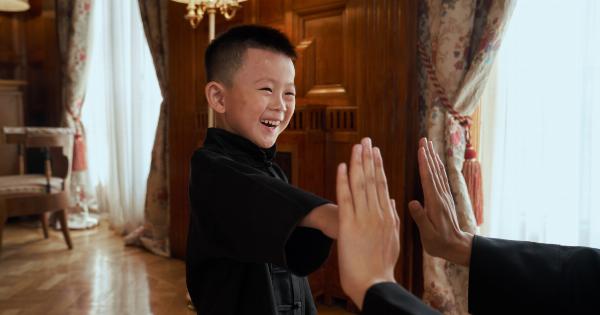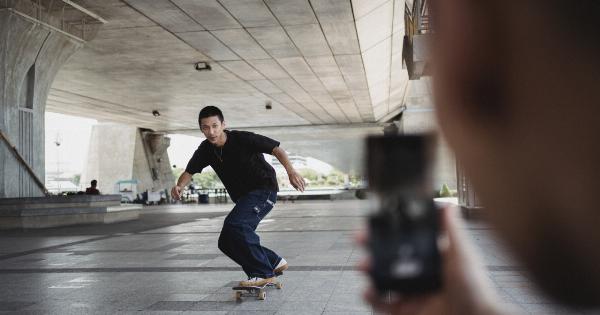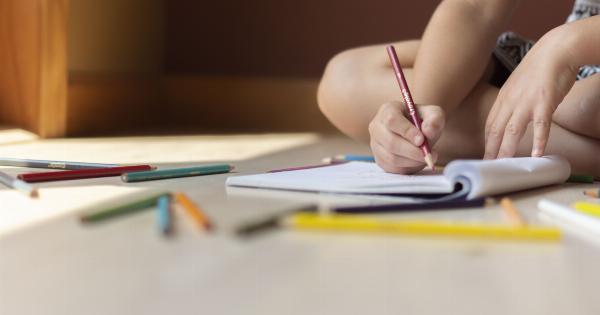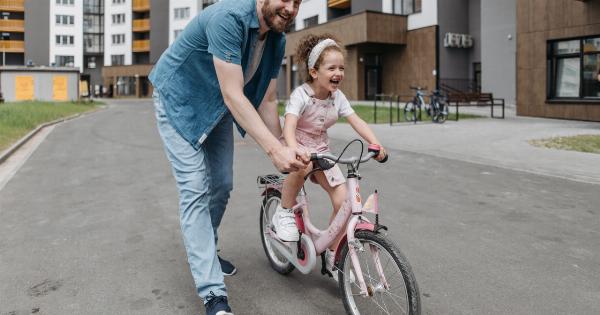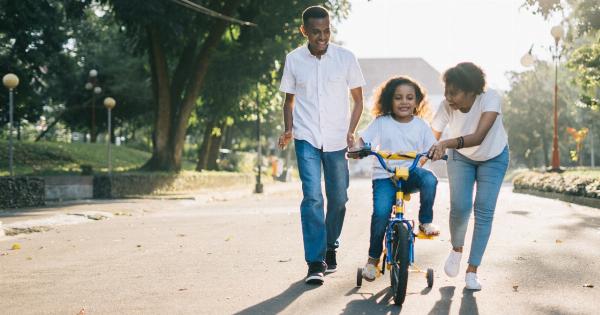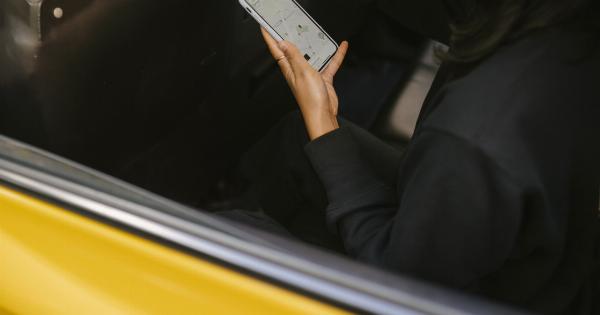As educators and parents, it’s crucial to understand the significance of acknowledging a child’s raised hand.
When a child shows the initiative to contribute in class or at home, it’s a sign that they are engaged and actively seeking knowledge. By ignoring or disregarding their efforts to participate, we are hindering their development and missing out on a valuable opportunity for learning.
In this article, we will explore the reasons why acknowledging a child’s raised hand is crucial and what can be achieved by doing so.
Reasons Why We Should Acknowledge a Child’s Raised Hand
1. Encourages Participation
Acknowledging a child’s raised hand encourages them to participate more in class or at home. When we show an interest in what they have to say, we empower them to continue contributing.
It helps build up their confidence and self-esteem, instilling in them the belief that their opinions and ideas matter. The more comfortable they feel sharing their thoughts, the more they will engage in class discussions, leading to a more participatory environment.
2. Fosters a Sense of Belonging
Acknowledging a child’s raised hand makes them feel like they belong in the group. When they are given a chance to share their thoughts and opinions, it sends a message that they are a valuable member of the group.
This is especially important for shy and introverted children who might feel left out or struggle to fit in. When they are recognized by their peers and educators for their contributions, it creates a positive learning environment where everyone feels accepted and valued.
3. Develops Analytical and Critical Thinking Skills
Encouraging children to raise their hands and contribute also develops their analytical and critical thinking skills. When children are invited to share their thoughts, they learn to evaluate and analyze the information they have at hand.
They learn how to construct arguments and express their opinions in a clear and articulate manner. By actively engaging in a discussion, they learn how to listen and respond to other viewpoints, developing their critical thinking skills.
4. Enhances Memory Retention
Acknowledging a child’s raised hand also enhances their memory retention. When a child answers a question and receives positive feedback, it reinforces the memory of the information they learned.
This positive reinforcement encourages them to retain the information and apply it later. Additionally, when a child has to recall information to provide an answer, it strengthens their memory retention of that information.
5. Helps Identify Learning Gaps
Acknowledging a child’s raised hand also helps identify areas where students might need more attention.
When a child raises their hand to ask a question or share a thought, it provides an opportunity to gauge their current understanding of a concept. Educators can use this information to identify gaps in learning and address them before they become significant problems. It also highlights areas where a student might need more support or individual attention.
How to Effectively Acknowledge a Child’s Raised Hand
Acknowledging a child’s raised hand is not just about recognizing their efforts; it’s also about making them feel heard.
It’s essential to create an environment that reinforces participation, encourages critical thinking, and empowers children to share their thoughts. Here are a few tips on how to effectively acknowledge a child’s raised hand:.
1. Look for Opportunities to Acknowledge
As educators and parents, we need to actively look for opportunities to acknowledge a child’s raised hand. We should be constantly scanning the group and actively seeking out children who might be hesitant to participate.
By identifying these children and acknowledging their contributions, we create an environment that fosters inclusion and participation.
2. Give Positive Feedback
When a child shares their thoughts or answers a question, we must give positive feedback.
This can be as simple as saying “Great job!” or “I love the way you thought about that.” Positive feedback reinforces the child’s efforts and makes them feel good about their contribution.
3. Clarify and Expand on Their Thoughts
To further encourage participation, take the opportunity to clarify and expand on a child’s thoughts. Ask follow-up questions, provide additional information, or invite other kids to weigh in on the discussion.
This helps create a dynamic learning environment that encourages participation and collaboration.
4. Redirect When Necessary
It’s essential to redirect a discussion when it goes off-topic or becomes disruptive. However, this should be done without undermining a child’s contribution.
Redirecting the discussion not only ensures that it stays on topic but also provides an opportunity for another child to contribute constructively to the conversation.
Conclusion
Acknowledging a child’s raised hand is a simple but effective way to foster participation, critical thinking, and learning. It encourages children to share their thoughts and opinions, feel valued, and develop their analytical skills.
As educators and parents, creating a positive environment that celebrates participation in learning is essential for a child’s education and emotional development.

